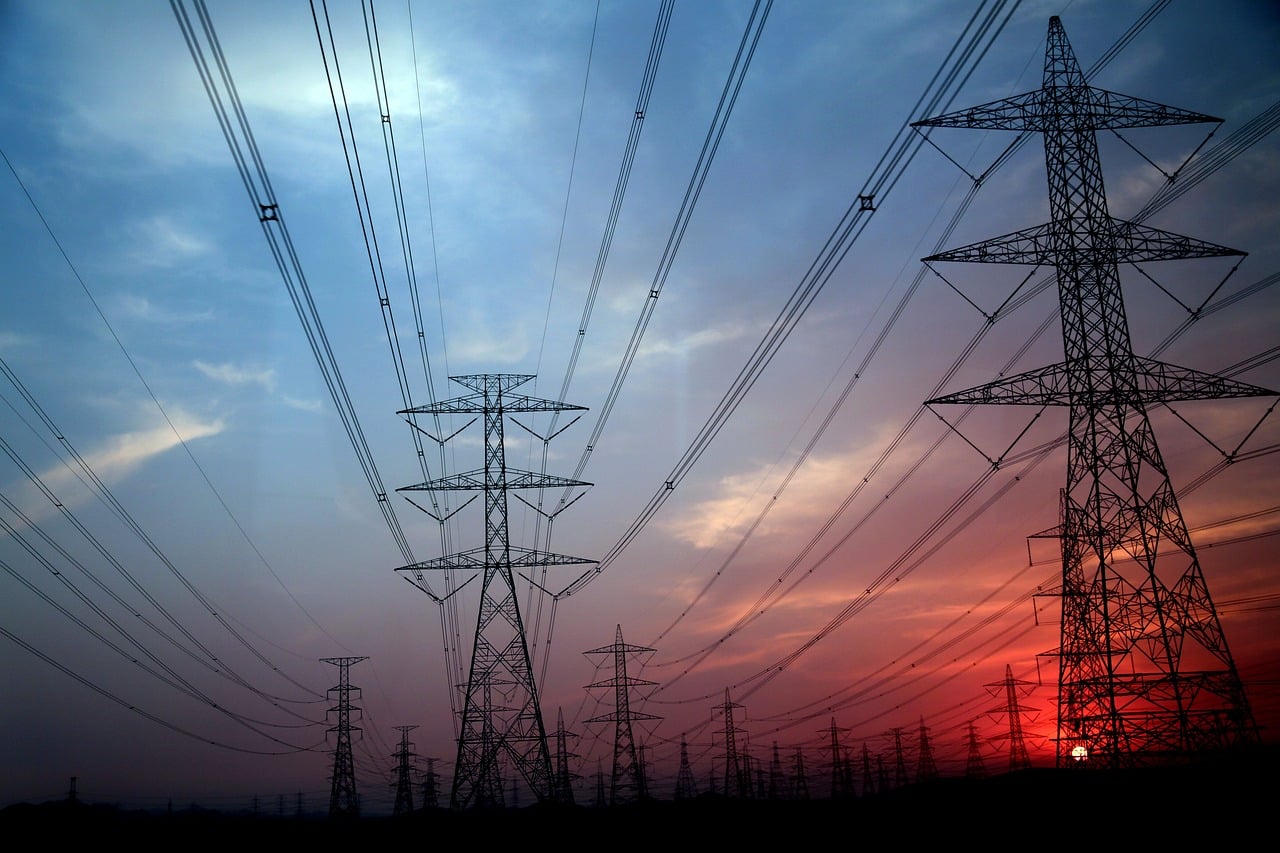Electric utilities face tougher and tougher challenges each summer. Skyrocketing temperatures and demand drastically increase electric grid stress and risk of asset failures. Aging grid components, transition to more renewables, and increased demand from electrification and data centers add complexity and risk to the situation. Grid asset failure, leading to brown-outs, full-on power outages, higher costs to utilities and their customers, and wildfires, to name a few, are ever present. For these reasons, utilities are looking for more powerful solutions that lower risk, cost, and maintain reliability in the face of these mounting grid stresses.
Digital twins, which can act as a single platform to view a lot of different data from the electric grid, offer innovative solutions to mitigate grid stress induced by high temperatures in the summer. By conducting advanced analytics in a timely manner thanks to such systems, grid operators are properly equipped to optimize grid performance, ensure stable power supply, and manage utility costs. In this blog post, we will explore how digital twins actually help operators achieve this, focusing on various use cases as examples from the energy sector.
The challenges of grid stress during the summer
Utility infrastructure can encounter an array of problems stemming from high demand and high temperatures. Typically, these summertime risks to physical assets include the following:
- Overheating of grid components: High temperatures can cause overworked grid components to operate inefficiently or even fail, leading to outages and potential damage to other assets. Monitoring and predicting the temperature of assets are crucial to prevent these types of failures
- Transformer overloads: High temperatures also lead to increased electricity demand due to A/C usage. This in turn can overload transformers, causing them to overheat and reduce their lifespan. This not only affects the reliability of the power supply but also leads to costly repairs and replacements
- Voltage fluctuations: Imbalances in power distribution, which are associated with increased demand, can cause voltage fluctuations. Such fluctuations affect the performance of electrical equipment and leading to potential damage
A key strategy for utilities is to not only monitor but also predict where and when failures to these assets may occur.
Digital twin-based solution to lower grid stress
So how are digital twins used to lower grid stress during the summer? When data is in a central location and structured according to a standard data model, analysts and grid operators can monitor the current state of the grid and plan for the future by understanding the health and potential lifetime of grid assets. Performing such analytics, which also includes building simulations or forecasting models powered by AI and machine learning (ML), is streamlined when data access is easy. So what does it take on the data side to make a digital twin work?
Making grid data work for a digital twin
Structuring, cleansing and synchronizing data plays a major part in the development of a digital twin. Valuable grid data comes from many different sources such as SCADA, AMI, GIS, DERs, and other connected systems or assets, and therefore, comes in different formats. The process of bringing it all together into a digital twin – in most cases housed in a data warehouse – can itself be sped up by use of various algorithms and computational techniques to process mass amounts of data.
Analysis of grid assets during the summer
In the summer, when stress to the grid is typically high, utilities will run specific assessments of the grid to understand how it can be maintained and optimized, largely to increase reliability and manage costs for themselves and their customers. Below, we break down which use cases help them achieve this in the summer.
- Grid asset temperature analysis: Bringing together weather data, IoT sensor readings, and grid asset specifications, a geographically-oriented model is equipped to help analysts accurately predict which assets are at risk of overheating, where those assets are located, and at what approximate time failures may occur. Analysts can set up automated alerts can notify their team of utility operators to take preventive measures, such as redistributing load or upgrading equipment, to avoid failures and outages. See grid temperature monitoring
- Transformer load management: Digital twins can serve as invaluable tools to assess transformer loads when they can aggregate to transformer level consumption data from downstream points. This allows for accurate estimation of current and future transformer loads, helping grid operators make informed decisions about new grid connections and capacity management. By ensuring transformers are not overloaded, utilities can maintain reliability and prevent costly damages. See transformer load analysis
- Feeder voltage analysis and visualization: Assessing feeder voltage is critical for detecting and diagnosing problems in the grid, and can overall improve power quality and reliability. To get a granular look at feeder voltage, data such as GIS data, asset data (for example, maximum load capacity), and time series data must be brought together. The resulting digital twin can help analysts and operators detect voltage sags, swells, transients, and harmonic distortions, which are are commonly found in higher temperatures during the summer season. See feeder voltage analysis
- Load forecasting: Accurate load forecasting is essential for resource planning and energy management. AI-driven forecasting models, including time-series analysis and machine learning algorithms, can predict electricity demand based on historical data and other variables like temperature and economic factors. This enables utilities to optimize power generation, reduce costs, and prevent grid overloads during peak demand periods. See load forecasting
Conclusion
As climate change intensifies and summer temperatures continue to rise, managing grid stress with workable, granular data becomes increasingly crucial. The Awesense Platform empowers grid professionals and utilities with the ability to monitor, analyze, and optimize grid performance, ensuring a stable and reliable power supply when it matters most. By leveraging these advanced technologies, utilities can mitigate the risks associated with grid stress, reduce operational costs, and enhance customer satisfaction. Embracing data analytics is key to building a resilient and efficient electric grid for the future.




